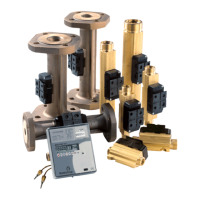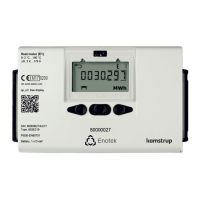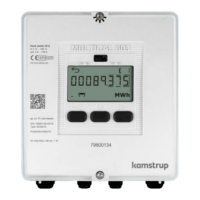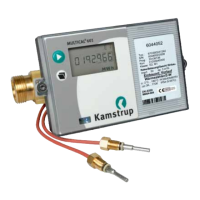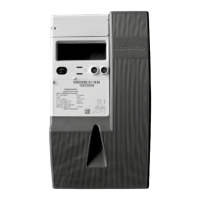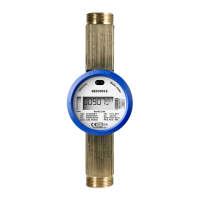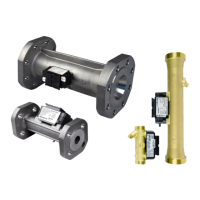MULTICAL® 403
Kamstrup A/S · Technical description · FILE100000166_B_EN-55121689_M1_07.2023
9 Temperature sensors
A platinum resistance thermometer utilizes that the precious metal platinum has a very well-defined correlation
between its electrical resistance and the temperature. The correlation between the resistance and the temperature
is defined in the standard EN 60 751 (DIN/IEC 751), and tables with examples of the correlation are shown below. On
MULTICAL® 403, Pt500 temperature sensors can be used on which the nominal resistance at 0 °C is 500 Ω.
The correlation between the resistance Rt and the temperature t is defined by:
=
(1 + +
)
w
here R
0
indicates the resistance at 0,00 °C while A and B are constants. The values R
0
, A and B are determined by
the verification of the temperature sensor, which is performed in accordance with EN1434-5.
On a heat or cooling meter, a temperature sensor set is used for measuring the temperature difference between
inlet and outlet. As each of the two temperature sensors has its own values for R
0
, A and B, the requirement for an
approved temperature sensor set in accordance with EN1434-1 is that the maximum difference in percent between
the two temperature sensors, Et, in the entire approval area must be no more than:
= ± 0,5 + 3
where Δθ is the specific temperature difference, and Δθ
min
is the least approved temperature difference, typically 3
K. The values R
0
, A and B for the individual temperature sensors as well as E
t
appear from the certificate of the
temperature sensor set.
Pt500, IEC 751 Amendment 2-1995-07
Table 5

